‘The natural aids to horsemanship are the hands, the legs, the body and the voice.’ But a Thelwell pony sometimes required some, er, additional aids. Norman Thelwell’s first pony cartoon was published in Punch magazine in 1953 and struck a nerve with readers; so much so that the editor asked Thelwell for a double-page spread of ponies. ‘I was appalled. I thought I’d already squeezed the subject dry,’ he later recalled. But of course he hadn’t, and Penelope and her pony Kipper went on to become his most popular characters.
It may be in pony cartoons that Thelwell found his niche, but he wasn’t just a one-trick pony. As Thelwell Country at the St Barbe Museum in Lymington shows (until 14 June), watercolours and social-comment cartoons were a large part of his repertoire, with his much-loved countryside the main theme.
Perhaps one of the reasons we can relate to his cartoons is that he captures our many foibles so cleverly. Whatever the subject, many people recognise themselves -— and others — in his work. Anyone who has ever had a riding lesson, or the (mis)fortune of coming into contact with a recalcitrant pony, will be able to empathise with the woes of Penelope as she deals with her fat pony. Thelwell did cover more serious topics too; for example, in his illustrated campaigns against intensive farming. Some might consider his pony cartoons twee (‘Jolly Jennifer and her bloody pony’, as Michael Heath described them). But then again, so is Lymington. A perfect match.
Got something to add? Join the discussion and comment below.
Get 10 issues for just $10
Subscribe to The Spectator Australia today for the next 10 magazine issues, plus full online access, for just $10.

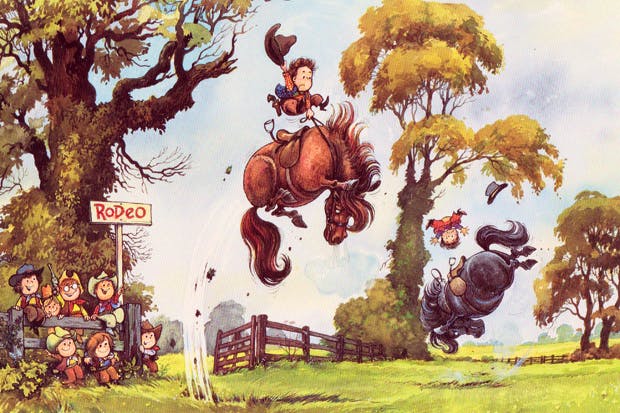
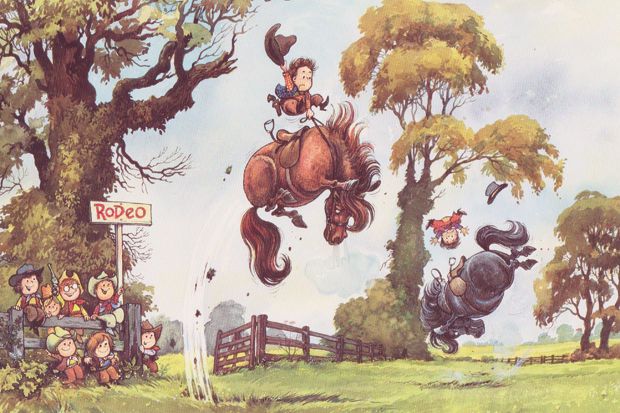
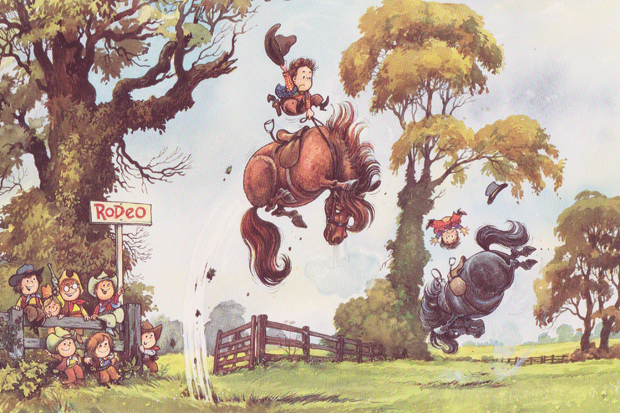


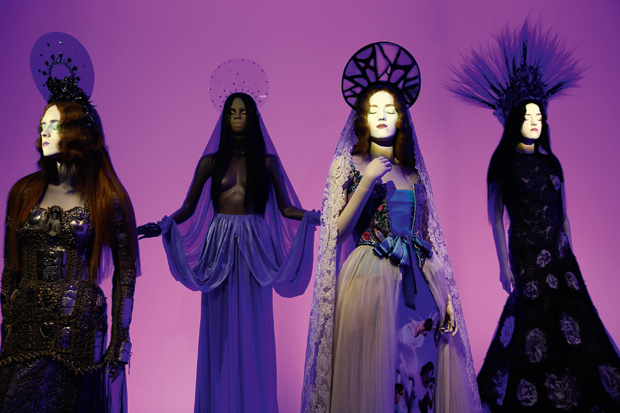
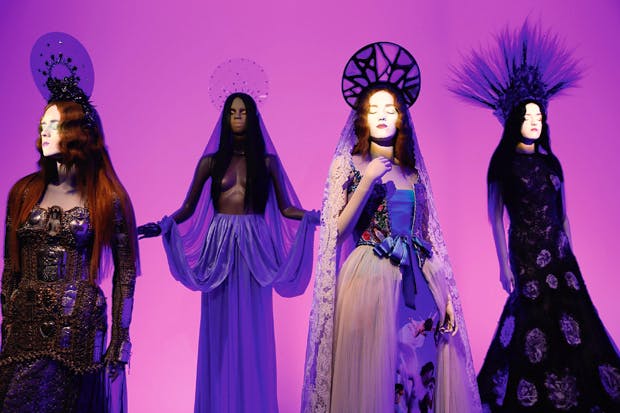






Comments
Don't miss out
Join the conversation with other Spectator Australia readers. Subscribe to leave a comment.
SUBSCRIBEAlready a subscriber? Log in